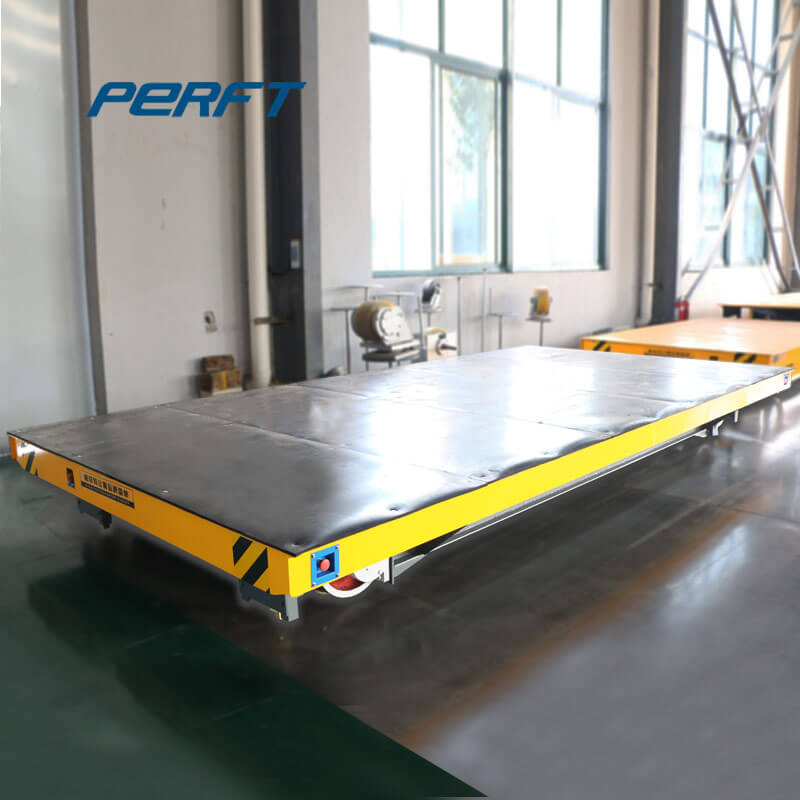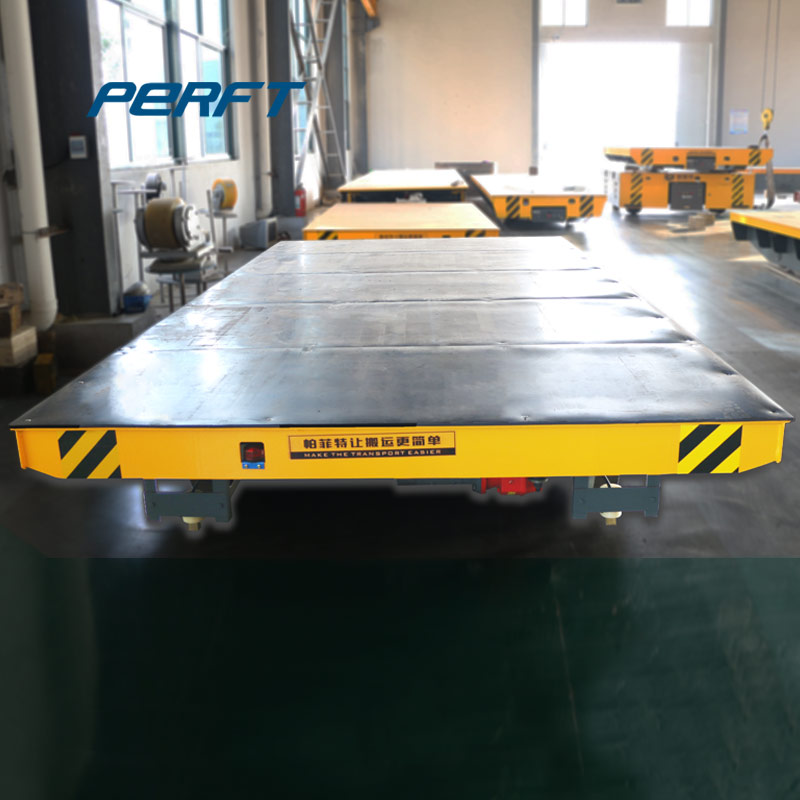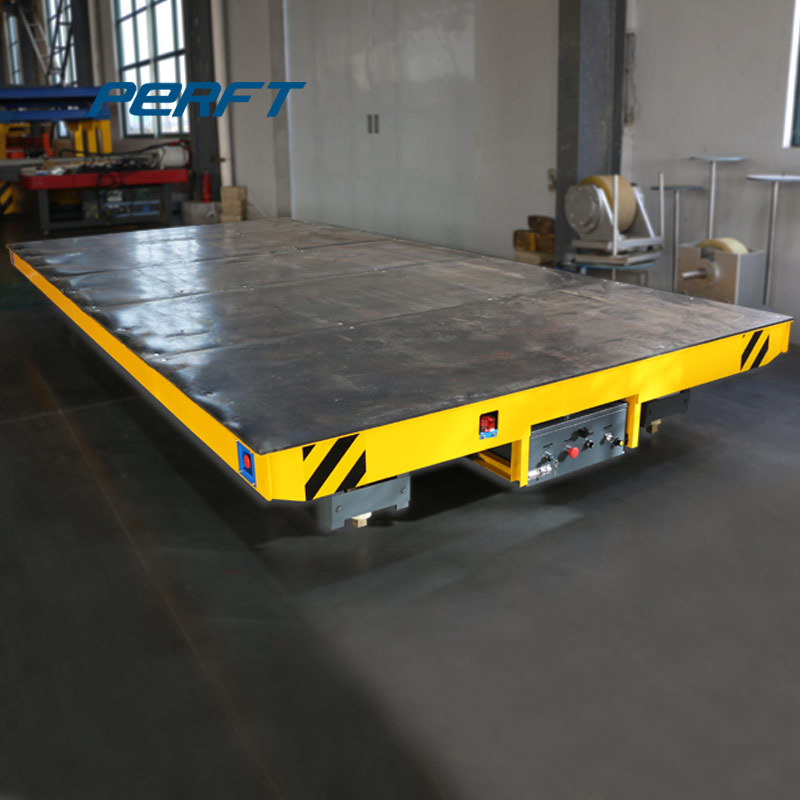


.jpg)
.jpg)
.jpg)
.jpg)
.jpg)
.jpg)
.jpg)
.jpg)
.jpg)
.jpg)
.jpg)
.jpg)
.jpg)
.jpg)
.jpg)
.jpg)
.jpg)
.jpg)
.jpg)
.jpg)
.jpg)
.jpg)
.jpg)
.jpg)
.jpg)
.jpg)
.jpg)
.jpg)
.jpg)
.jpg)
.jpg)
.jpg)
.jpg)
.jpg)
.jpg)
.jpg)
.jpg)
.jpg)
.jpg)
.jpg)
.jpg)
.jpg)
.jpg)
.jpg)
.jpg)
.jpg)
.jpg)
.jpg)
.jpg)
.jpg)
.jpg)
.jpg)
.jpg)
.jpg)
.jpg)
.jpg)
.jpg)
.jpg)
.jpg)
.jpg)
.jpg)
.jpg)
.jpg)
.jpg)
.jpg)
.jpg)
.jpg)
.jpg)
.jpg)
.jpg)
.jpg)
.jpg)
.jpg)
.jpg)
.jpg)
.jpg)
.jpg)
.jpg)
.jpg)
.jpg)
.jpg)
.jpg)
.jpg)
.jpg)
.jpg)
.jpg)
.jpg)
.jpg)
.jpg)
.jpg)
.jpg)
.jpg)
.jpg)
.jpg)
.jpg)
.jpg)
.jpg)
.jpg)
.jpg)
.jpg)
While the M&H invented the boxcar the pioneering Baltimore & Ohio is given the nod for developing the first practical boxcar design which was 30 feet long, 7 feet wide, featured side-doors, and capable of handling 10 tons of freight. Atlantic & Western 70-tonner #100 switches a single 40-foot boxcar in Sanford, North Carolina during October, 1974.
21/9/2020 · You can ship a car by train in limited circumstances. The only option to ship a car by train is with Amtrak on a single route that runs from the Washington, DC, area to Sanford, FL (or the reverse). Although rail cars ship automobiles, almost all American railroad franchises cater exclusively to commercial entities (e.g., car dealerships).
APlusLift HW-8S 8,000LB Portable Storage Service Car Auto Lift 4-Post Lift Truck Hoist (Stock in GA, MO, NC, PA, TX, WA) 4.2 out of 5 stars 23 GeeWatom Universal Floor Jack Rubber Pad Jack Pad Adapter Pinch Weld Side Frame Rail Protector Puck/Pad (1 Pack)
Bi-level and tri-level rail cars are designed to transport pick-up trucks, minivans and sports utility vehicles. Each rail car has a maximum load capacity of 10 to 15 vehicles. Products likePerfectr tractors, motor homes and military vehicles move on uni-level flat cars. Inside length: 89', 4". Inside width: 8', 7".
Individual Railcar. Whether you’re shipping one carload or multiple carloads, BNSF’s individual railcar service offers you consistent, reliable and cost-effective service. Through this service, you can access the most efficient and fluid rail network in North America directly to/from your facility. Excellent for multi-truck quantities of
18/2/2005 · Within commercial fleets, the long-term trend in vehicle life cycling has been a gradual increase in the service life of vehicles since 2007. However, more recent industry data has shown significant lengthening of cycles. Improved quality and vehicle
Riding and Working on the Railroad In the 1920s, railroads were a central part of American life. Railroad lines crisscrossed the country. They carried people, manufactured goods, food, the daily mail, and express package. Railroads made long-distance travel possible, but the opportunities for travel were not equally shared. In the South, African Americans were segregated into “Jim Crow
©Encyclopedia of Life Support Systems (EOLSS) cage. Pipes and long materials may be slung either in or below the cage.Perfect machines must be partially dismantled, loaded, lowered and then reassembled underground. Personnel vehicles such as rubber
CHAPTER 7 / FREIGHT TRANSPORT PAGE 7-3 Sugar Cement Zinc Coal Grain Liquid bulk Car parts. The ongoing NFLS 2005 review process also notes a gradual movement back to rail. Overall, the objective is that 2% of the rail
After the Federal Railroad Administration set a 50-year shelf life on all rail equipment (mandating a ten-year period between overhauls) the wooden cars were finally forced into retirement. The basic freight car designs fell into one of seven categories; autoracks, gondolas, hoppers, tank cars, well/spine cars, boxcars, and the common flatcar.
On average, railroads move one ton of freight more than 480 miles on one gallon of fuel. One train can carry as much as several hundred trucks. It would have taken approximately 99 million additional trucks to handle the 1.8 billion tons of freight that moved by rail in United States in 2019.
(formerly was 100 ton) • Maximum Gross Rail Load (GRL) of a 110 ton, 4-axle railcar is 286,000 lbs. (weight of car + contents or “lading”) • Nominal capacity = 220,000 lbs. or 110 tons of lading • Often referred to as a “110 ton” car or a “286K” car 66,000 lbs.
nity’s solid waste collection program and a final waste disposal facility. While facility ownership, sizes, and services offered vary significantly among transfer stations, they all serve the same basic purpose—consolidating waste from multiple collection vehicles into
The vast majority of railway infrastructure connects highly populated areas withPerfect unpopulated strips of land between them making rail ideal for long-distance and cross country hauls. Canada, for example, is very sparsely populated between coasts so anything shipped more than 500 miles often requires a rail